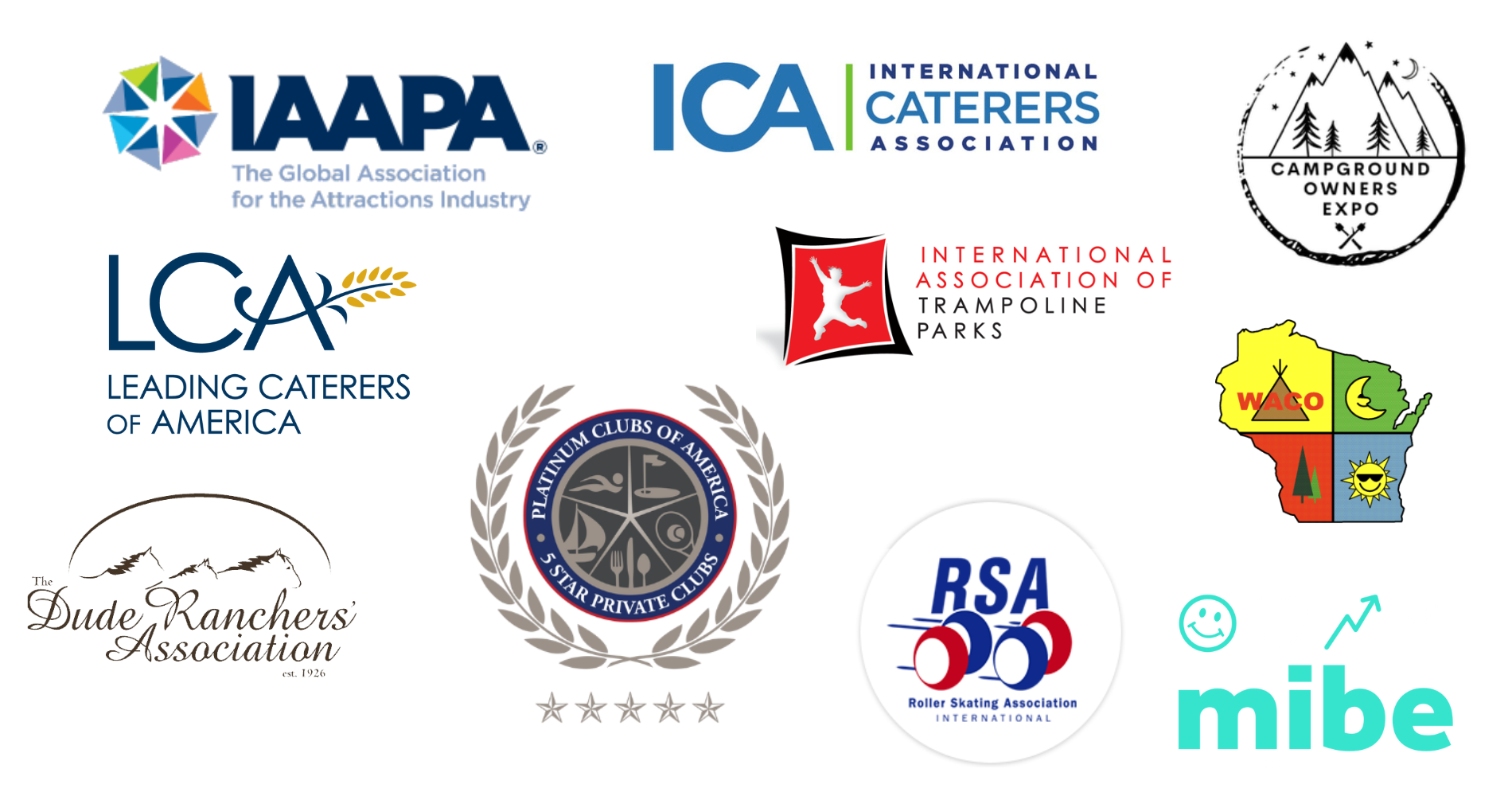Finding the Right GPO for your Attraction
/From roller-skating rinks that sling nachos at the snack bar to campgrounds that need cases of s’mores supplies, nearly every attraction has one thing in common: food costs that keep inching up. It’s no secret that ingredients, disposables, and cleaning chemicals can eat into margins just as quickly as a busy Saturday fills your parking lot.
Yet many operators hesitate to join a group purchasing organization (GPO). They worry that contracts will lock them into quotas, or the suppliers on the other end won’t understand their unique menu mix. The good news? The right GPO can eliminate those pain points if you know what to look for.
A supplier network tailored to attractions
Your concession stand doesn’t stock the same SKUs as a fine-dining restaurant. Make sure any GPO you consider partners with broad-line distributors (think names like US Foods) that already carry crowd-pleasers such as fountain-drink syrups, grab-and-go snacks, novelty ice cream, and compostable trays. A robust network lets you consolidate orders instead of juggling half a dozen vendors while tapping into the volume pricing that comes with national buying power.
Transparent savings
It’s easy to hear “savings” and assume they’re buried in fine print or only apply to bulk buyers, but that shouldn’t be the case. A trustworthy GPO makes it clear how and where you’re saving, with no hidden fees or vague percentages. Whether it’s line-item pricing or manufacturer discounts, the value should be visible and easy to understand. You deserve full transparency so you can clearly see how the partnership benefits your bottom line.
Flexible membership terms
Attractions live by the seasons: a waterpark’s summer surge is a skating rink’s slow period. Your purchasing partner should let you order as much (or as little) as you need, with no minimums and no penalty for pausing during the off-season. Avoid any agreement that locks you into volume quotas or multi-year commitments; a truly member-centric GPO earns loyalty through value, not fine print.
Service that feels like an extension of your team
When a delivery is shorted two cases of hot-dog buns on the morning of a holiday weekend, you need a live human (ideally one who already knows your operation) to fix it fast. Best-in-class GPOs assign a dedicated rep who understands local distributor routes, seasonal crowd patterns, and the quirks of concession menus. They also share industry intel: trending snack items or allergy-friendly substitutes pulled from data across thousands of locations.
Easy-to-use technology & reporting
Finally, make sure the back end is as friendly as the front end. Online ordering portals and downloadable spend reports make it simpler to forecast, track shrinkage, and prove ROI to ownership. If a platform feels clunky in the demo, it will feel downright painful on a Friday night rush, so keep looking.
Food and beverage will always be a core revenue driver for attractions, but it doesn’t have to be a cost headache. By zeroing in on a GPO that offers attraction-ready suppliers, flexible terms, and hands-on support, you can redirect dollars from your pantry back to the guest experience.
Clint Elkins is the V.P. of Sales for SB Value, a Group Purchasing Organization that helps culinary professionals save an average of 17% on every food order. Membership is 100% free. No hidden fees. No extra work. Just extra profits. See how much you can save on your next food order when you become an SB Value member. Request a quote today.






